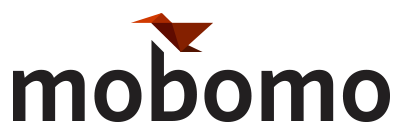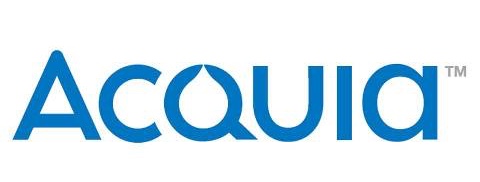For many people, the first and only interactions they have with a government agency are through its website, and good first impressions can go a long way.
It’s not just having an exciting color palette, cool graphics, and boxes that flip over when you hover your cursor on them. It’s about building a site, a platform, that appeals to and serves the public and is intuitive, quick and secure. It needs to highlight the work an agency does, the services it offers consumers and the resources it makes available.
That kind of online agency experience requires a commitment to continuous modernization and a strategy to implement it, according to Brian Lacey, CEO at Mobomo.
Agency-wide commitment
The entire organization must have that mindset. “The largest challenge public-sector agencies face,” Lacey said, “is battling a long-standing culture that is resistant to IT changes that are done in a continuous agile methodology…Support throughout management and the agency is required to lead the culture change…based on transparency, collaboration, security and shared goals in order to make continuous modernization a part of regular operations.”
Secure and cost-efficient
Behind the scenes, a website and any corresponding app must be secure, shielded from hackers and other online miscreants. Lacey explained, “With the rapid development of new technologies and standards, combined with outside risks to the government, it is paramount that agencies be constantly evolving with technology to mitigate these risks as they happen.”
When an organization regularly enhances its systems, it reduces the total cost of ownership by avoiding large, painful, hazardous and sporadic modernization efforts.
Specializing in strategy
Mobomo — as a company that designs, develops and deploys web, cloud and mobile solutions for federal and commercial customers — immerses itself in an agency’s mission, infrastructure, audiences and processes. According to Lacey, the company “paints a complete picture of the strategic landscape along with a digital transformation strategy and risk mitigation plan.”
Mobomo then partners with agency leadership and staff to build a phased-in, holistic and continuous program that ensures early and visible wins.
Fishing for success
NOAA Fisheries benefited from the Mobomo approach. With the company’s guidance, the agency migrated 16 separate legacy websites into a single award-winning site hosted in the cloud. The organization invests the same amount annually for its web modernization program, and so encourages stable improvements in both technology and customer experience. Consistent funding also lowers costs for system maintenance.
NOAA Fisheries earned at least six industry awards for its website reform and increased its American Customer Satisfaction Index rating from 65 to over 80. Online traffic grew roughly 145%, 90% of visitors return to the site and 94% say the website information is easy to find.
Takeaway: The evolution of an agency from a legacy software development lifecycle to an agile continuous modernization environment requires leadership support and a culture transformation. As such, an agency needs to invest in its people as much as technology and processes to make this shift.
This article is an excerpt from GovLoop’s guide “Turning Vision Into Reality: How Agencies Can Forever Improve.” Download the full guide here.







Leave a Reply
You must be logged in to post a comment.